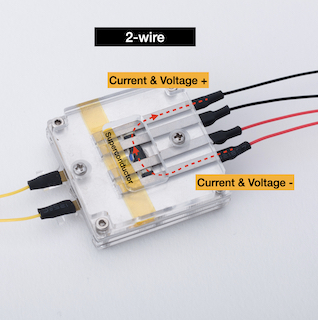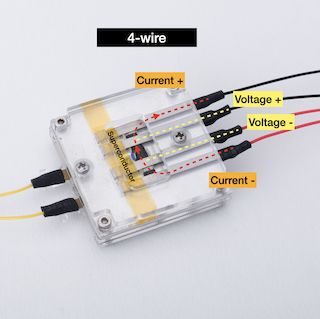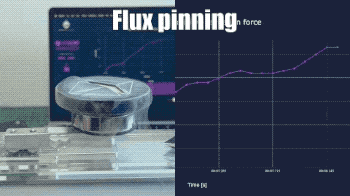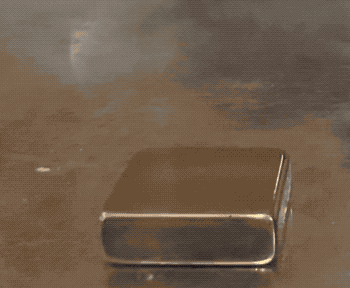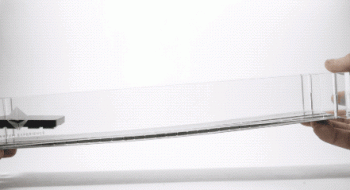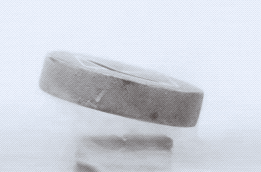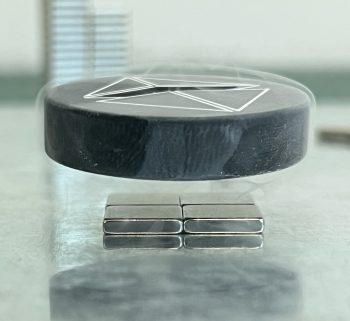Superconductivity introduces one of the most technically difficult challenges for physicists – designing a measurement setup that will be sensitive to both low (& zero) voltages/resistance and to high voltages/resistance at the same time. Below we give a short review of physicists and not students can measure superconductivity in the lab using easily available equipment.
The original graph from Onnes’s publication from 1911 showing the resistance of mercury as a function of its temperature. (H. K. Onnes, Comm. Leiden, 124c, 1911).
Measuring Superconductivity
When current passes through a material, the potential energy of the electrons changes along the current path. Voltage is the potential energy (per unit charge) of the conductive electrons and it is Voltage difference that we actually measure in most experiments. The electrical resistance of any material can be derived from Ohm’s law:

R – The resistance to electrical current
I – Electric current
V – voltage
The voltage changes as the current flows through any material. However, when the changes we are after are small, we need to filter out voltage drops from unwanted sources such as the contacts, wires, noise, etc. In order to solve this problem physicists came up with a clever measurement setup that is sensitive only to the voltage inside the material under question.
In a 2-wire measurement we inject the current and measure the voltage using the same leads. We measure the voltage outside the superconductor and are therefor sensitive to changes across the contacts & wires as well as the voltage drop inside the superconductor (if it exists). Since the voltage drop in the superconducting state is zero (and infinitesimally small close to the superconducting state) we mainly sense the contacts & wires.
In a 4-wire measurement the voltage probes are connected inside the current path. Current does not flow through the voltage leads & contacts and hence the measured voltage is sensitive only to the voltage drop inside the material.
Learn more and perform these experiments using our 4-point measurement kit and Superconductivity Experiment kit :
-
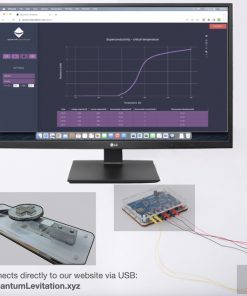 Superconductivity Experiment Kit$1,049.00 – $1,599.00
Superconductivity Experiment Kit$1,049.00 – $1,599.00 -
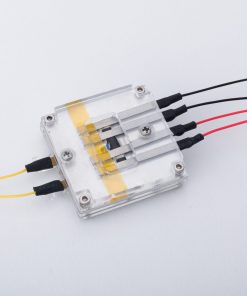 4-point Tc setup$549.00 – $1,099.00
4-point Tc setup$549.00 – $1,099.00

